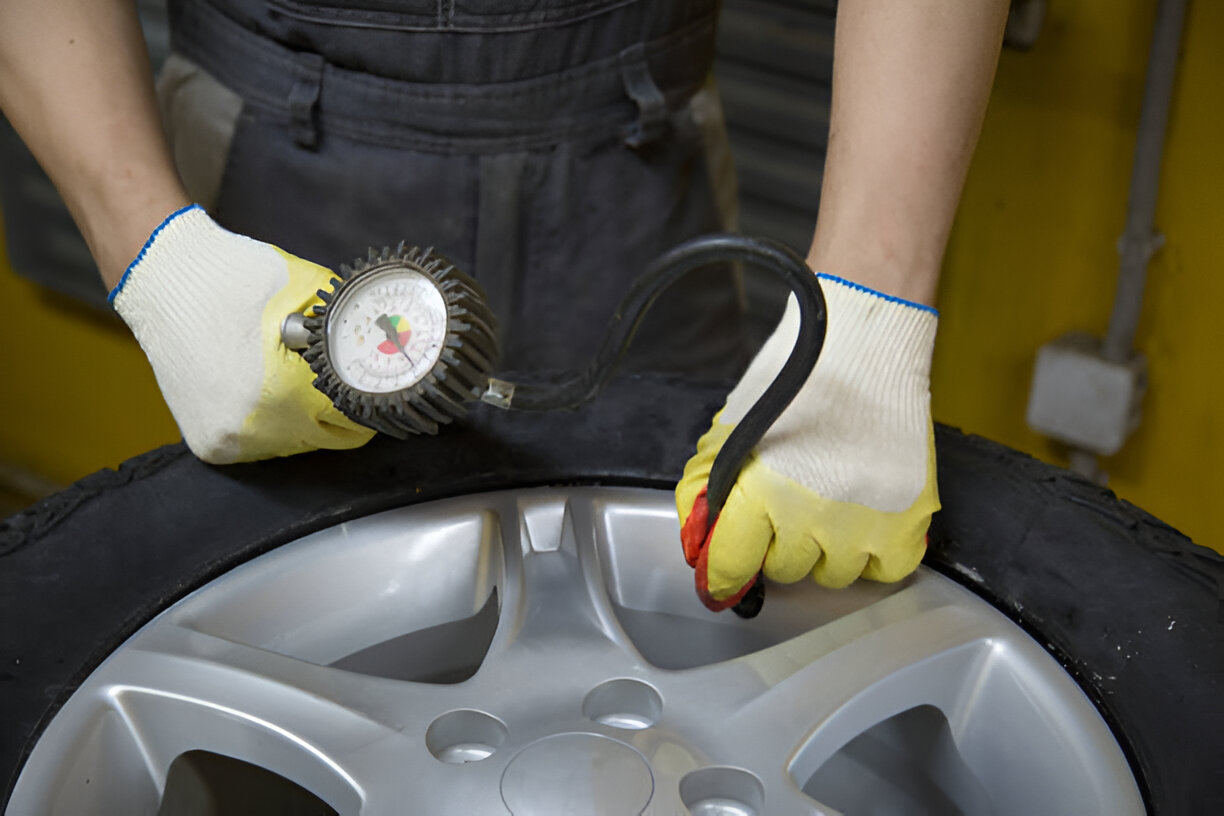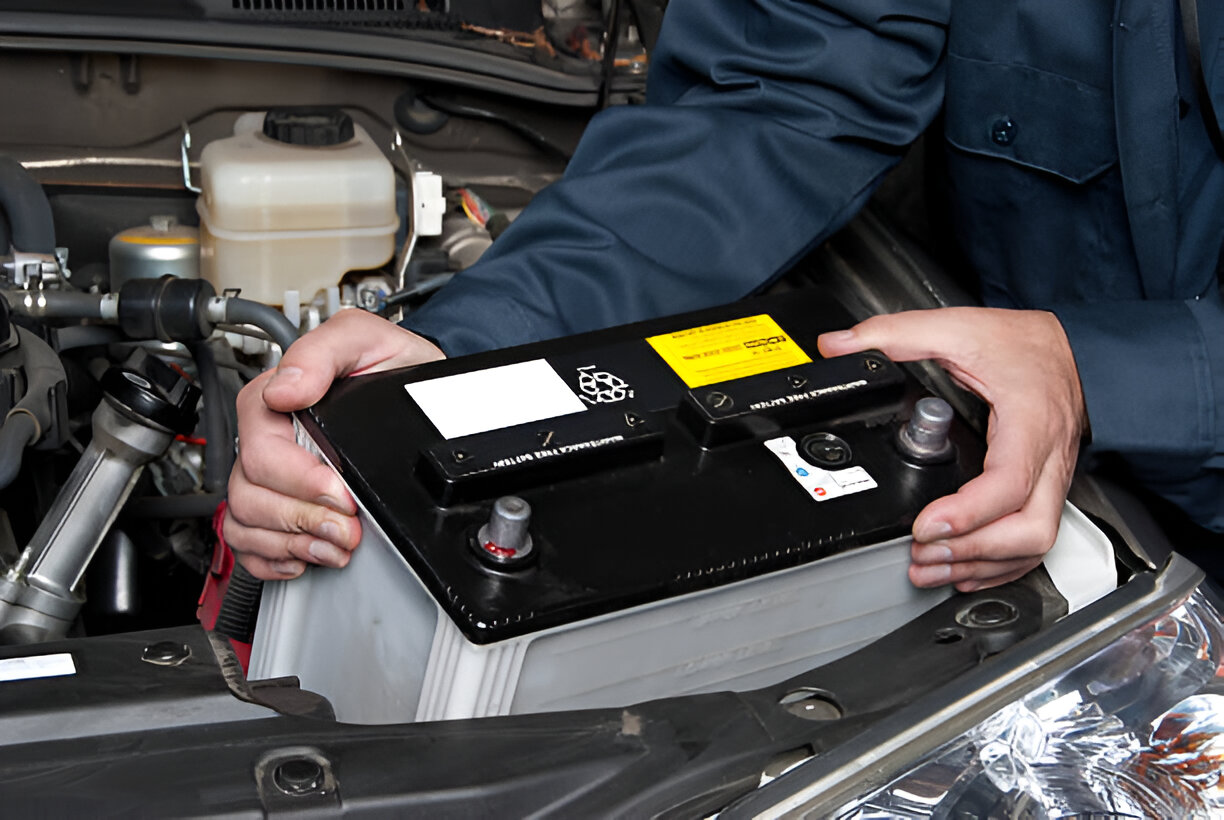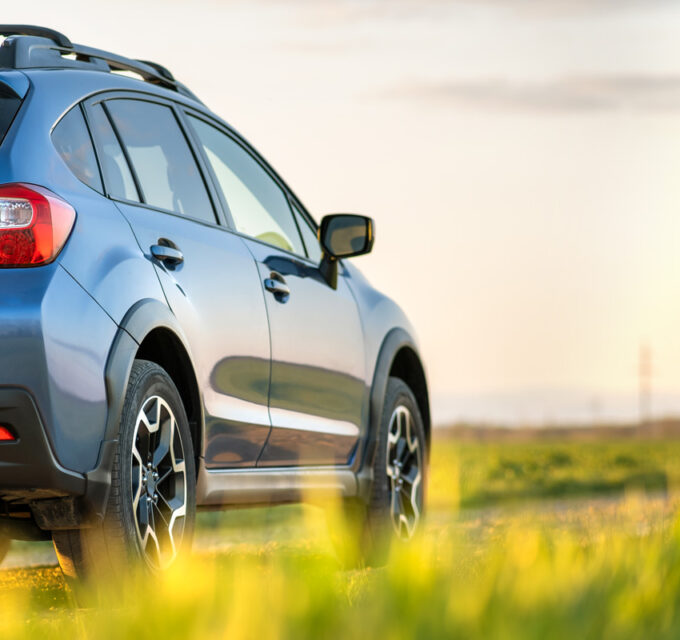Performing routine maintenance on your car can help you avoid costly repairs and ensure that your vehicle remains reliable and safe. While some car maintenance tasks are best left to professionals, there are several simple procedures you can handle yourself. This guide provides step-by-step instructions for common DIY car maintenance tasks, helping you keep your vehicle in optimal condition.
1. Changing Your Oil

Why It’s Important: Regular oil changes keep your engine running smoothly by lubricating its components and preventing overheating and damage.
Tools and Materials Needed:
- Oil filter wrench
- Socket wrench
- Oil drain pan
- New oil filter
- New oil (refer to your owner’s manual for the type and amount)
- Funnel
- Rags or paper towels
Steps:
- Prepare Your Car:
- Ensure the car is on a level surface and the engine is cool. Raise the car with a jack if necessary and secure it with jack stands.
- Drain the Old Oil:
- Locate the oil drain plug under the car. Place the oil drain pan underneath it.
- Use the socket wrench to remove the drain plug and allow the old oil to drain completely into the pan. Replace the drain plug once the oil has drained.
- Replace the Oil Filter:
- Use the oil filter wrench to remove the old oil filter. Lubricate the rubber gasket on the new filter with a bit of oil and screw it into place by hand.
- Add New Oil:
- Remove the oil filler cap on top of the engine. Place the funnel into the opening and pour in the new oil.
- Check the oil level using the dipstick and add more oil if necessary. Replace the oil filler cap.
- Check for Leaks:
- Start the engine and let it run for a few minutes. Check under the car for any leaks around the drain plug and oil filter. Turn off the engine and check the oil level once more, adding oil if needed.
2. Changing Your Air Filter

Why It’s Important: A clean air filter ensures optimal engine performance and fuel efficiency by preventing dirt and debris from entering the engine.
Tools and Materials Needed:
- New air filter (refer to your owner’s manual for the correct type)
Steps:
- Locate the Air Filter:
- Open the hood and locate the air filter box. It’s usually a rectangular or round box with clips or screws holding it in place.
- Remove the Old Filter:
- Unclip or unscrew the air filter box and remove the cover. Take out the old air filter and discard it.
- Install the New Filter:
- Place the new air filter into the box, ensuring it fits snugly. Reattach the cover and secure it with clips or screws.
- Check for Proper Fit:
- Make sure the air filter box is properly sealed to prevent any air leaks.
3. Checking and Replacing Your Wiper Blades

Why It’s Important: Good wiper blades ensure clear visibility during rain or snow, enhancing driving safety.
Tools and Materials Needed:
- New wiper blades (refer to your owner’s manual for the correct size)
Steps:
- Inspect the Wiper Blades:
- Lift the wiper arms away from the windshield and inspect the blades for cracks, tears, or wear.
- Remove the Old Blades:
- Locate the release tab or button on the wiper blade arm. Press or slide it to release the old blade from the arm.
- Install the New Blades:
- Attach the new wiper blade to the arm, ensuring it clicks or snaps into place. Lower the wiper arm back onto the windshield.
- Test the Wipers:
- Turn on the wipers to ensure they are properly aligned and functioning. Adjust if necessary.
4. Checking and Maintaining Tire Pressure
Why It’s Important: Proper tire pressure improves fuel efficiency, handling, and tire lifespan.
Tools and Materials Needed:
- Tire pressure gauge
- Air compressor (optional)
Steps:
- Check Tire Pressure:
- Remove the valve cap from one of your tires. Press the tire pressure gauge onto the valve stem and note the reading.
- Compare the reading to the recommended tire pressure, which can be found in your owner’s manual or on a sticker inside the driver’s door frame.
- Inflate the Tires:
- If the tire pressure is low, use an air compressor to add air. Check the pressure regularly until it matches the recommended level.
- Replace the Valve Caps:
- Once the tire pressure is correct, replace the valve caps on all tires.
5. Checking and Replacing Your Battery

Why It’s Important: A well-maintained battery ensures reliable starting and prevents electrical issues.
Tools and Materials Needed:
- Battery terminal cleaner or wire brush
- New battery (if replacement is needed)
Steps:
- Inspect the Battery:
- Open the hood and locate the battery. Check for corrosion on the terminals (white or blue powdery substance).
Note: Some car brands have their batteries places somewhere else, if the battery is not in the hood, please refer to the vehicle owner’s manual.
- Open the hood and locate the battery. Check for corrosion on the terminals (white or blue powdery substance).
- Clean the Terminals:
- Use a battery terminal cleaner or wire brush to clean any corrosion from the terminals and connectors.
- Check the Battery Charge:
- If your battery is weak, consider testing it with a battery tester. If it’s no longer holding a charge, it may need to be replaced.
- Replace the Battery (if needed):
- Disconnect the negative (-) terminal first, followed by the positive (+) terminal. Remove the old battery and install the new one by connecting the positive terminal first, then the negative terminal.
Conclusion
Regular DIY car maintenance can help you keep your vehicle running smoothly and prevent costly repairs down the road. By performing simple tasks like changing the oil, replacing air filters, and maintaining tire pressure, you can ensure that your car remains in top condition. Always consult your vehicle’s owner’s manual for specific maintenance recommendations and consult a professional mechanic for any complex issues or repairs. With these DIY tips, you’ll not only save money but also gain a greater understanding of your vehicle’s needs.











